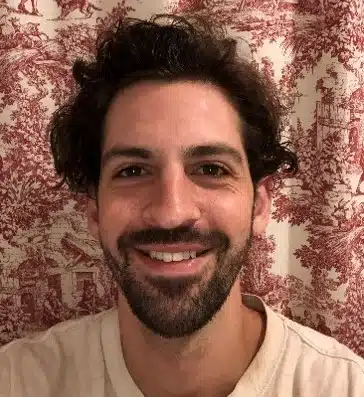
To me, the most exciting aspect of being a horticulturist is the ability to select plants to put in my areas. And, because I manage the Core Natural Areas—which for decades were largely overrun with invasives—they haven’t had a purposeful planting intent in a very long time. The idea of a relatively clean slate is so exciting. But, because the vision really needs to be fleshed out, it’s taken quite a while to get to the point where we can begin ordering plants.
I’ve spent a lot of time this winter researching and selecting the plants that will be planted in two of the sites: Site 2, to the east of the Butterfly Garden, and Site 4, about halfway between the Hedge Collection and the Shelter House. Plans still need to go through a lengthy approval process, but I can tell you that the overarching plan is to plant fruit- and nut-producing trees and large shrubs that will also provide significant restoration value. Many of these plants will occupy the niche formerly occupied by the invasives. And, as they proliferate, our use of herbicides will continue to decrease.
The ethos of many of these plants fall into a certain category. While I can’t give you specifics yet, I can instruct you to solve the crossword puzzle below. And, once you’ve solved it, unscramble the highlighted letters to solve a phrase that alludes to a certain secretary of agriculture who championed industrial agriculture and probably wouldn’t like what we’re planning.
Crossword: To the Chagrin of Earl Butz

Across
2. Oregon might be the biggest producer of this in the States, but Turkey produces about 10x more.
4. To keep the cold at bay, try this “younger” berry
5. You might think I only reside in the south, but you might be able to soon scoop me up in your backyard and make a pie with my nutty goodness
7. This Latin genus is derived from the Greek that literally means “Zeus’ wheat”
8. My cousins’ leaves are eaten by a worm that makes a prized thread.
9. Berries of this genus arrive in the sixth month, and it blooms at the same time the shad does its spawning run up New England Rivers
Down
1. Japanese beetles love my leaves, honeybees love my flowers, and, weirdly, Brits call me ‘lime’. .
3. “You must know exactly how to shake a ______ tree. If you shake it too hard, the green ______ fall, and that wastes them. If you shake it too softly, you do not get all the ripe ______. In the night they will fall, and some will smash and be wasted.” –As described in Laura Ingalls Wilder’s On the Banks of ______ Creek (1937)
6. Don’t gag when you think about eating me! Europeans know my worth and ship my antioxidant-rich juice back to the States—ironic, because I’m native to the States.
10. “You might be forgiven for thinking they make this in the Bey-Hive” + “A biblical swarm”
Copy down the letters from the highlighted boxes, and unscramble them to fill in the following 7-word phrase:
“F _ _ _ F _ _ _ _ _ OW
_ O F_ _ _ _ _ _ W”
_ _ _ _ _ _ _ _
Spoiler alert!
Across:
2. hazelnut
4. elderberry
5. pecan
7. diospyros
8. redmulberry
9. amelanchier
Down:
1.linden
2. americanplum
6. chokeberry
10. honeylocust
The mystery phrase is *“From fencerow to fencerow” is no more*
Earl Butz was the Secretary of Agriculture in the 70s who was a huge proponent of industrial agriculture and loved to use the phrase “Get big or get out” to convince small farmers to stop being small farmers. Also, the “from fencerow to fencerow” comment specifically refers to removing the untamed land at the edges of each parcel of farmland that acted as pollinator habitat, wildlife habitat, beneficial insect habitat. When these areas were removed, pesticide use had to increase, farms became total monocultural entities.
The Core Natural Areas will be bringing things like these thickets back. Even though the CNAs aren’t actual farmland, the point of them is to be productive human food hotspots filled with biodiversity of all kinds—the antithesis of Earl Butz’s mantra.

Rob Maganja
Horticulturist
Rob Maganja graduated from Hiram College in 2013 with a BA in Environmental Studies. He started as a seasonal at the Holden Arboretum in 2013, and in the 8 years since, has worked several more seasons in all the different gardens. Additionally, he’s spent time with the United States Peace Corps in Cameroon and was an IPM intern at Longwood Gardens. He currently is the horticulturist of the Rhododendron Discovery Garden and is also one of the stewards of Holden’s Core Natural Areas. He looks forward to the Core Natural Areas becoming a bona fide agroforestry demonstration.













